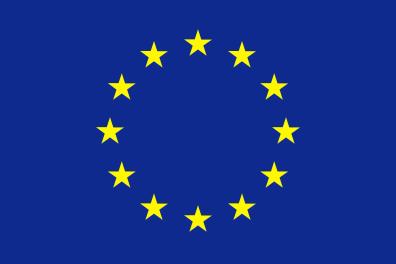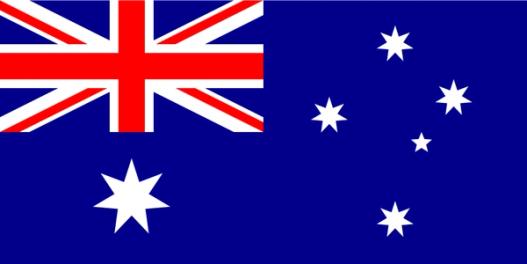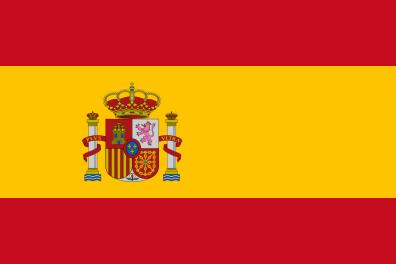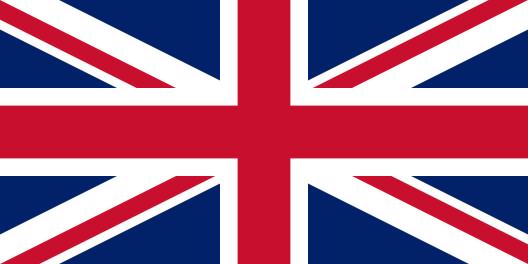Donate to Support Supercluster
Your support makes the Astronaut Database and Launch Tracker possible, and keeps all Supercluster content free.
SUPPORTSupercluster on Patreon
Your support makes the Astronaut Database and Launch Tracker possible, and keeps all Supercluster content free.
SUPPORTThis goes
to space
Transporter-11
SpaceX’s dedicated SmallSat rideshare program, Transporter, is designed to lower the cost of access to space for small satellite customers with rideshare flights to Earth orbit. These customers include a variety of space companies, developing nations, university programs, and new startups.
Transporter-11 Payloads:
Exolaunch (Capella)
- Acadia-5 (microsat)
- Arctic Weather Satellite (ESA)
- Connecta IoT (Plan-S)
- CUAVA-2 (6U, U)
- EagleEye (Creotech Instrumentsd)
- GaindéSat-1A (1U, Senegal/CSUM)
- Hawk 10A/10B/10C (microsat, Hawkeye 360)
- LEMUR-2 (Hubble-3) (16U, Spire for Hubble Network)
- PhiSat-2 (6U, Open Cosmos/ESA)
- Sateliot_1/2/3/4 (4x 6U, Sateliot)
- Waratah Seed WS-1 (6U, U)
ISISpace
- Hyperfield-1 (6U, Kuva Space)
- Kanyini (6U, Myriota)
- QUBE (3U, ZfT)
- SuperDove (35x 3U, Planet Labs)
D-Orbit ION SCV-012
- PICo-IoT (9x 1/3U, Apogeo Space)
- Tetraplex (TelePIX) edge computing
- RocketStar thruster
SEOPS
- Iperdrone.0 (6U, Tyvak/ASI)
- PTD-4 (6U, NASA Ames)
- PTD-R (6U, NASA Ames)
- TROOP-F2 (6U, NearSpace Launch)
- Harmony Flight (Celestis)
- WREN-1 (6U, C3S)
Deimos (1.5U, Aethero)
DIONE (6U, NASA Goddard)
GNOMES-5 (41kg, Space Sciences & Engineering LLC, d/b/a PlanetiQ)
HYSPO-2 (6U, NTNU)
ICEYE (several, ICEYE)
Lemu Nge (6U, Lemu Earth)
LUR-1 (Added Value Solutions)
Nanoavionics SDR (3U, Nanoavionics)
Nanoavionics RGB (3U, Nanoavionics)
PExT (microsat, JHUAPL/York)
QPS-SAR "AMATERU-IV" (iQPS)
Tanager (microsat, Planet Labs)
Tomorrow.io-1, -2 (2x 6U, Tomorrow.io)
Tyche (UK Space Command/SurreySat)
Umbra 9/10 (2x microsat, Umbra)
YAC-1-1 (Loft/EarthDaily)
YAM-7 (Loft Orbital with Hydrosat Imager) (FCC pending SAT-LOA-20240202-00021
On this
rocket
Falcon 9 (Block 5)
Falcon 9 is a reusable, two-stage rocket designed and manufactured by SpaceX for the reliable and safe transport of people and payloads into Earth orbit and beyond.
Falcon 9 is the world’s first orbital-class reusable rocket.
Stats
Total launches: 428
Total landings: 383
Total reflights: 357
The Falcon 9 has launched 52 humans into orbit since May 2020
Specs
Height: 70 m / 229.6 ft
Diameter: 3.7 m / 12 ft
Mass: 549,054 kg / 1,207,920 lb
Payload to Low Earth Orbit (LEO): 22,800 kg / 50,265 lb
Payload to Geostationary Transfer Orbit (GTO): 8,300 kg / 18,300 lb
Payload to Mars: 4,020 kg / 8,860 lb
On January 24, 2021, Falcon 9 launched the first ride-share mission to Sun Synchronous Orbit. It was delivering a record-setting 143 satellites to space. And while this was an important mission for SpaceX in itself, it was also the moment Falcon 9 overtook United Launch Alliance’s Atlas V for the total number of consecutive successful launches.
SpaceX’s Falcon 9 had become America’s workhorse rocket, launching 31 times in 2021. It has already beaten that record this year, launching almost an average of once a week. While most of the launches deliver Starlink satellites to orbit, the company is still launching the most commercial payloads to orbit, too.
Falcon 9 is a medium-lift launch vehicle, with the capability to launch over 22.8 metric tonnes to low earth orbit. Unlike any other rocket, its first stage lands back on Earth after separating from its second stage. In part, this allows SpaceX to offer the cheapest option for most customers with payloads that need to reach orbit.
Under its ride-share program, a kilogram can be placed in a sun-synchronous orbit for a mere 1.1 million dollars, far cheaper than all other currently operating small satellite launch vehicles.
The reusability and fast booster turnaround times have made Falcon 9 the preferred choice for private companies and government agencies. This has allowed SpaceX to capture a huge portion of the launch market.
Photo courtesy of Jenny Hautmann for Supercluster.
From this
launch site
SLC-4E - Vandenberg Space Force Base, California
Space Launch Complex 4 (SLC-4) at Vandenberg Space Force Base is SpaceX’s west coast launch and landing facility, with its launch pad designated SLC-4E (the eastern-most of the two areas). Originally built in the early 1960s for Atlas-Agena rockets, the pad served that rocket line until 1967, when it was taken offline and rebuilt for Titan IIID rockets. From 1971 to 1988, SLC-4E launched Titan IIID rockets, after which it was reconfigured for Titan IV missions, which continued between 1991 and 2005.
In 2011, SpaceX leased SLC-4E and spent two years rebuilding the pad for its Falcon 9 rocket. From 2013 to 2019, the pad exclusively supported Falcon 9 polar missions. However, in 2020, SpaceX began splitting polar launches between Vandenberg and Cape Canaveral, after the Air Force lifted a 51-year ban on Florida-based polar launches, previously imposed due to the risk of overflying Cuba during launch. Despite these new opportunities from Florida, SpaceX plans to continue utilizing Vandenberg, with many more launches scheduled from this location.
Photo by Supercluster
Booster
lands here
Landing Zone 4 (LZ-4) - Vandenberg Space Force Base, California
Landing Zone 4 (LZ-4) is SpaceX’s only West Coast landing pad for the Falcon 9 first stage. Activated in 2018, the pad was constructed on the site of the former SLC-4W launch pad at Vandenberg Space Force Base in California.
SLC-4W was originally developed between 1963 and 1965 to support Atlas-Agena rocket launches and was located just 427 meters (1,400 feet) from SLC-4E. After the Atlas-Agena program ended, the pad was rebuilt for the Titan IIIB rocket program, which operated from 1966 to 1987. Following the retirement of the Titan IIIB, SLC-4W was reconfigured for Titan 23G rocket launches from 1988 to 2003.
In 2015, SpaceX leased SLC-4W, renaming it Landing Zone 4 and converting it into a dedicated landing site for Falcon 9 first stages. The first Return-To-Launch-Site landing of a Falcon 9 at Landing Zone 4 occurred on October 7, 2018, after the successful launch of the SAOCOM 1A satellite.
Photo courtesy of Pauline Acalin for Supercluster
GET THE SUPERCLUSTER APP
THE SUPERCLUSTER PODCAST
A podcast exploring the amazing milestones that changed space history, the wildest ideas that drive our future, and every development in this new Golden Age of Space.
Donate to support
Your support makes the Astronaut Database and Launch Tracker possible, and keeps all Supercluster content free.
SupportCOPYRIGHT 2021 SUPERCLUSTER LLC













